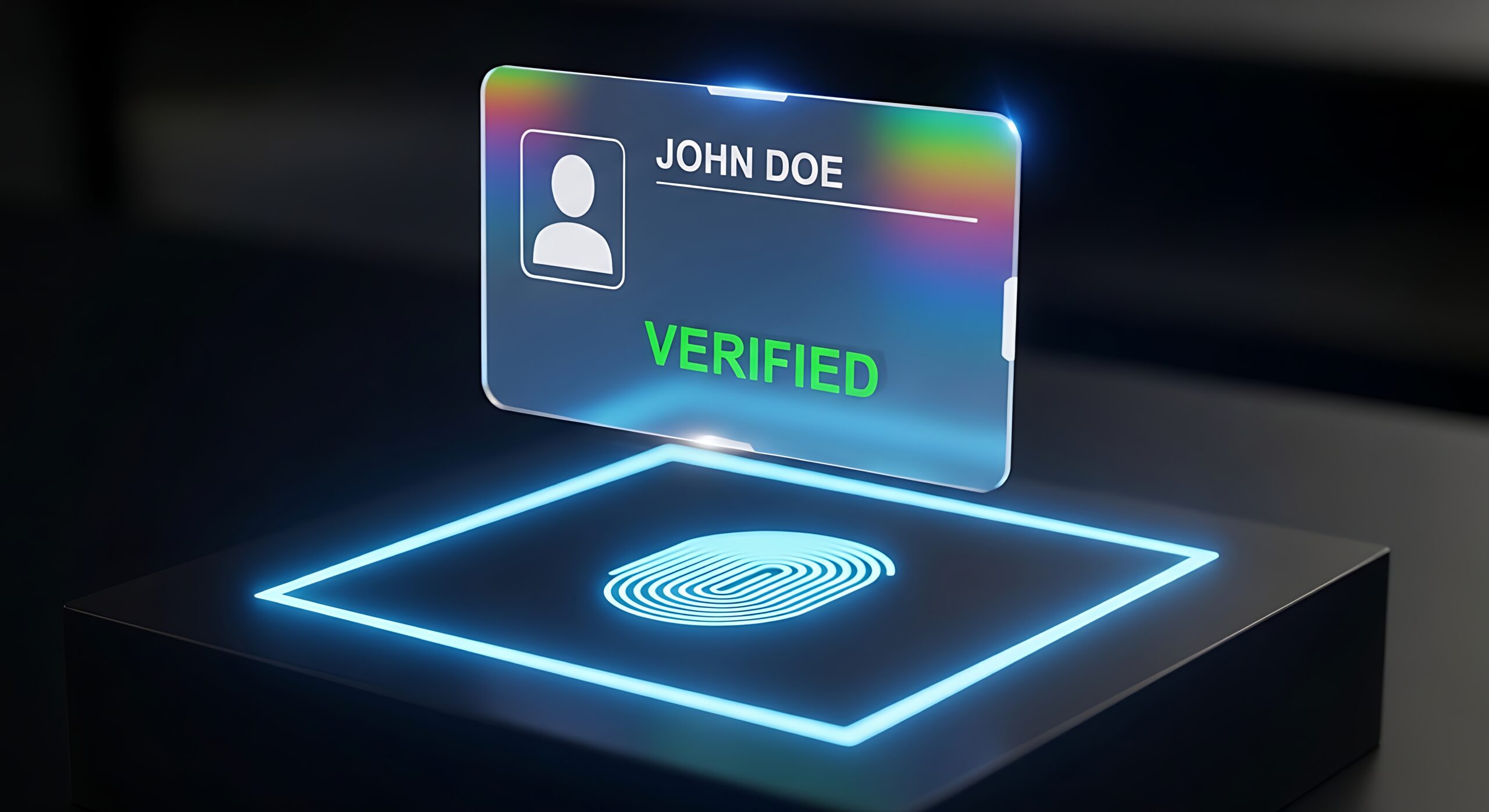Why Your Brand’s Online Security Is Just as Important as Its Reputation

Protecting a brand’s online presence is essential for maintaining its reputation and value. As businesses increasingly rely on technology, they face evolving threats that can undermine their integrity, erode customer trust, and lead to financial losses.
From phishing attacks and ransomware to social engineering tactics, understanding the online security landscape is crucial for safeguarding your business and protecting sensitive information.
What is Online Security?
Online security refers to the measures taken to protect sensitive data and online accounts from cyber threats. It encompasses cybersecurity practices, encryption, access controls, and regular audits to ensure a robust IT infrastructure.
These protocols help organizations comply with regulations such as the General Data Protection Regulation (GDPR) and the Health Insurance Portability and Accountability Act (HIPAA), which mandate data protection and privacy standards.
Key areas of online security include:
- Cybersecurity Measures: Tools and practices that protect systems from cyberattacks, malware, and unauthorized access.
- Compliance Regulations: Guidelines that ensure proper data handling practices to prevent data breaches.
- Encryption: A method of transforming data into a secure format to prevent unauthorized access to personal and financial information.
- Access Controls: Mechanisms to restrict access to sensitive data, ensuring only authorized personnel can view or modify it.
By implementing these components, organizations can protect sensitive information, including social security numbers and driver’s licenses, and maintain a strong reputation.
Why is Online Security Important for Brands?
Online security is critical for maintaining customer trust and brand reputation. A single security breach can result in significant financial losses, legal issues, and a decline in customer loyalty.
A brand’s image can be damaged in moments. For instance, a study by IBM and the Ponemon Institute found that the average cost of a data breach exceeds $4 million, which can be particularly devastating for smaller
Security incidents can also lead to a loss of customer trust, with nearly 60% of consumers severing ties with a brand after a breach. To prevent such outcomes, brands must adopt proactive cybersecurity measures, including:
- Establishing strong firewalls and encryption techniques to secure computer systems.
- Conducting regular security audits to identify vulnerabilities in internet-connected devices.
- Communicating security efforts transparently to customers to build trust in their online experience.
By prioritizing online security, brands can protect their reputation, foster customer loyalty, and secure their internet traffic.
Common Security Threats for Brands
Several threats can compromise a brand’s online security, including cyberattacks, data breaches, and social engineering tactics. Cybercriminals often exploit weak security measures, leading to reputational damage, financial losses, and compromised brand integrity.
Phishing Scams
Phishing scams manipulate individuals into revealing sensitive information such as login credentials or financial details. These scams may appear as legitimate emails or messages, tricking recipients into clicking malicious links or disclosing personal data.
For example, a phishing email might appear to come from a trusted source, like a bank, asking the recipient to provide personal information. These attacks can lead to data breaches and financial losses, damaging an organization’s cybersecurity and brand reputation.
Employee training is essential to combat phishing. Regular training on identifying suspicious emails and maintaining secure practices can significantly reduce the risk of phishing scams.
Malware Attacks
Malware attacks involve malicious software that infiltrates, damages, or disables a company’s systems. Common types of malware include viruses, ransomware, spyware, and adware, each of which can lead to serious security breaches.
The consequences of malware attacks can be severe, including data loss, legal challenges, and long-term damage to a company’s reputation. Implementing strong security measures, including anti-malware software, regular updates, and encryption, is crucial for protecting against these threats.
Data Breaches
Data breaches occur when unauthorized individuals access confidential information, often leading to financial losses, legal penalties, and reputational damage. Organizations must prioritize cybersecurity to prevent breaches, which can be caused by weak passwords, outdated software, or phishing attacks.
Brands should implement regular security audits, encryption techniques, and employee training to minimize the risk of data breaches and ensure compliance with regulations such as GDPR and HIPAA.
Social Engineering
Social engineering involves manipulating individuals into revealing confidential information. These tactics can include phishing emails or impersonation attacks, where cybercriminals pose as trusted entities to access sensitive data.
To defend against social engineering attacks, companies must train employees to recognize suspicious activities and foster a culture of security awareness. Regular simulations and awareness campaigns are effective strategies to reduce the risks posed by these tactics.
Consequences of a Security Breach for Brands
A security breach can have severe consequences, including damage to a brand’s reputation, financial losses, and the erosion of customer trust. Rebuilding trust after a breach can be challenging, but proactive communication and security improvements can help mitigate the damage.
Reputation Damage
A significant security breach can undermine customer confidence in a brand’s ability to protect sensitive data. Brands like Facebook and Target have experienced major breaches, resulting in financial losses and a decline in consumer trust. For example, Target’s 2013 breach cost the company over $160 million and led to a drastic loss of customer trust.
To safeguard reputation, brands must invest in cybersecurity and remain transparent about their efforts to protect customer data.
Loss of Customer Trust
After a security breach, customers may lose trust in the brand’s ability to protect their personal information. This loss of trust can lead to decreased loyalty and revenue. To regain customer trust, brands must clearly communicate the steps taken to improve security and protect sensitive data.
Financial Loss
The financial impact of a security breach can be significant. Costs associated with remediation, legal fees, regulatory penalties, and revenue loss due to decreased customer loyalty can quickly add up. Brands must prioritize cybersecurity to avoid these expenses.
How Can Brands Protect Their Online Security?
Brands can enhance their online security by implementing the following measures:
- Strong Passwords: Use complex passwords and enable two-factor authentication to prevent unauthorized access to online accounts.
- Regular Software Updates: Ensure that systems are up-to-date with the latest security fixes to address vulnerabilities and improve security.
- Encryption: Protect sensitive data with encryption to prevent unauthorized access.
- Employee Training: Educate employees about cybersecurity risks and best practices to safeguard sensitive information.
By following these best practices, brands can reduce the risk of cyberattacks and protect their reputation.
Responding to a Security Breach
If a security breach occurs, brands must act swiftly to minimize damage. Key steps include:
- Notify Customers and Stakeholders: Inform affected parties promptly and provide clear instructions on protective measures.
- Conduct a Security Audit: Review security protocols to identify vulnerabilities and improve defenses.
- Implement Additional Security Measures: Strengthen security measures based on the lessons learned from the breach.
Clear communication and swift action are essential for mitigating the consequences of a breach and maintaining customer trust.





